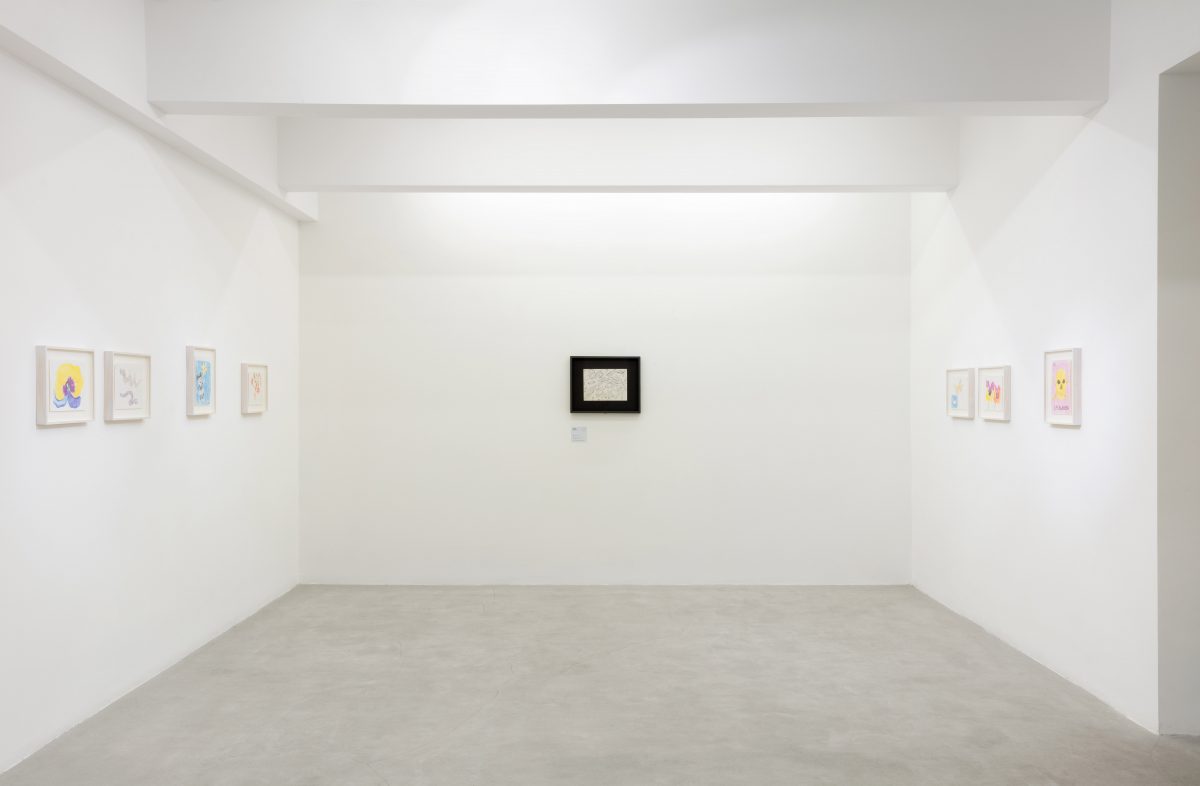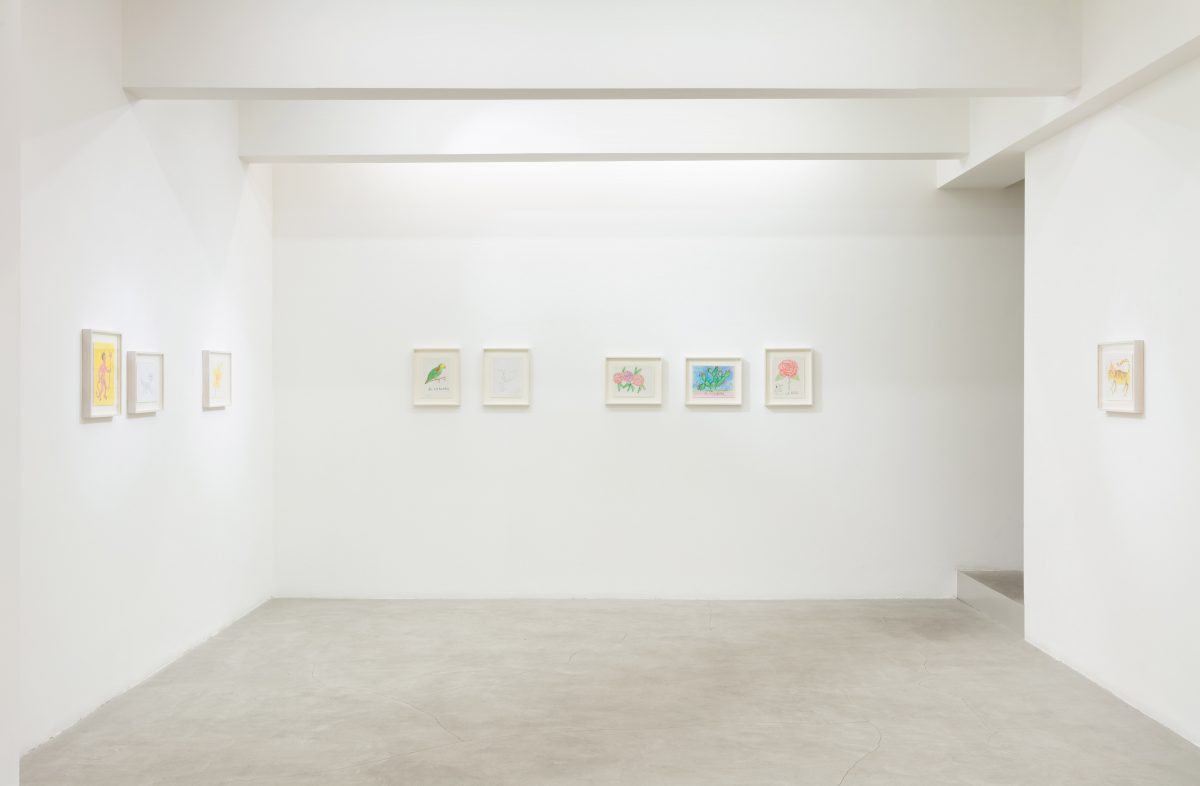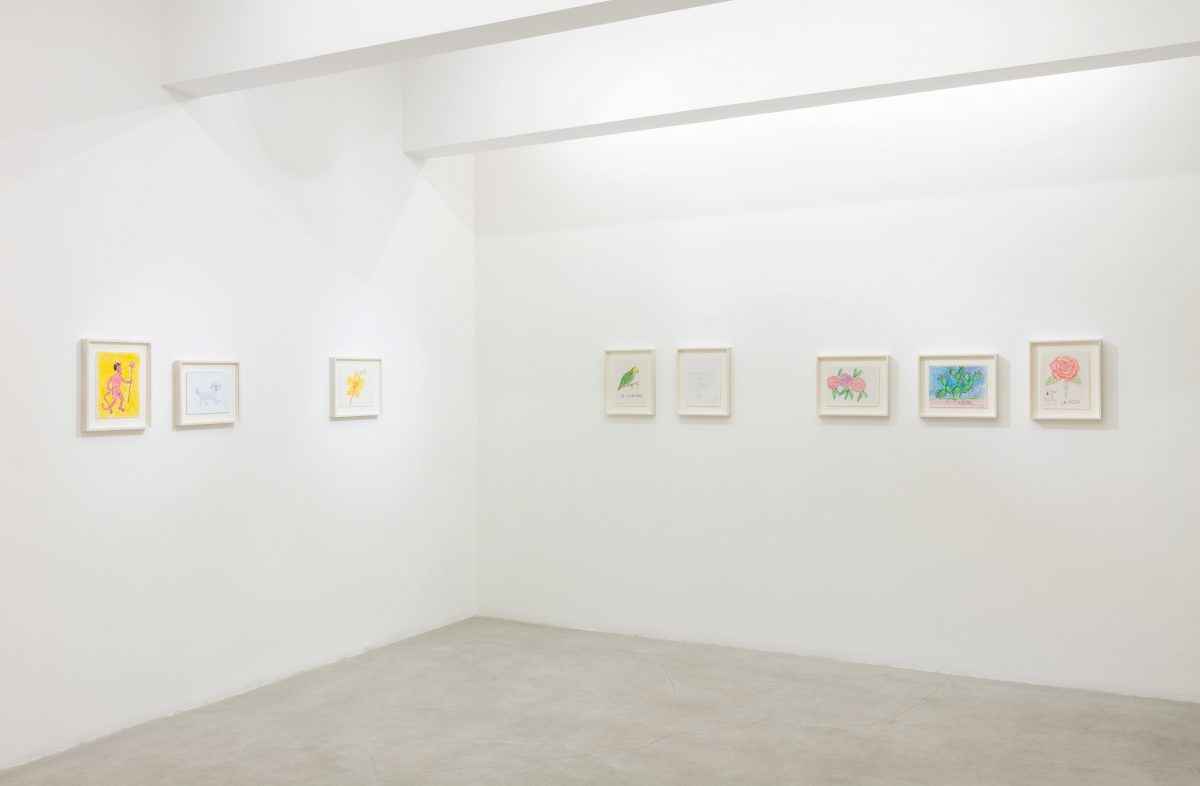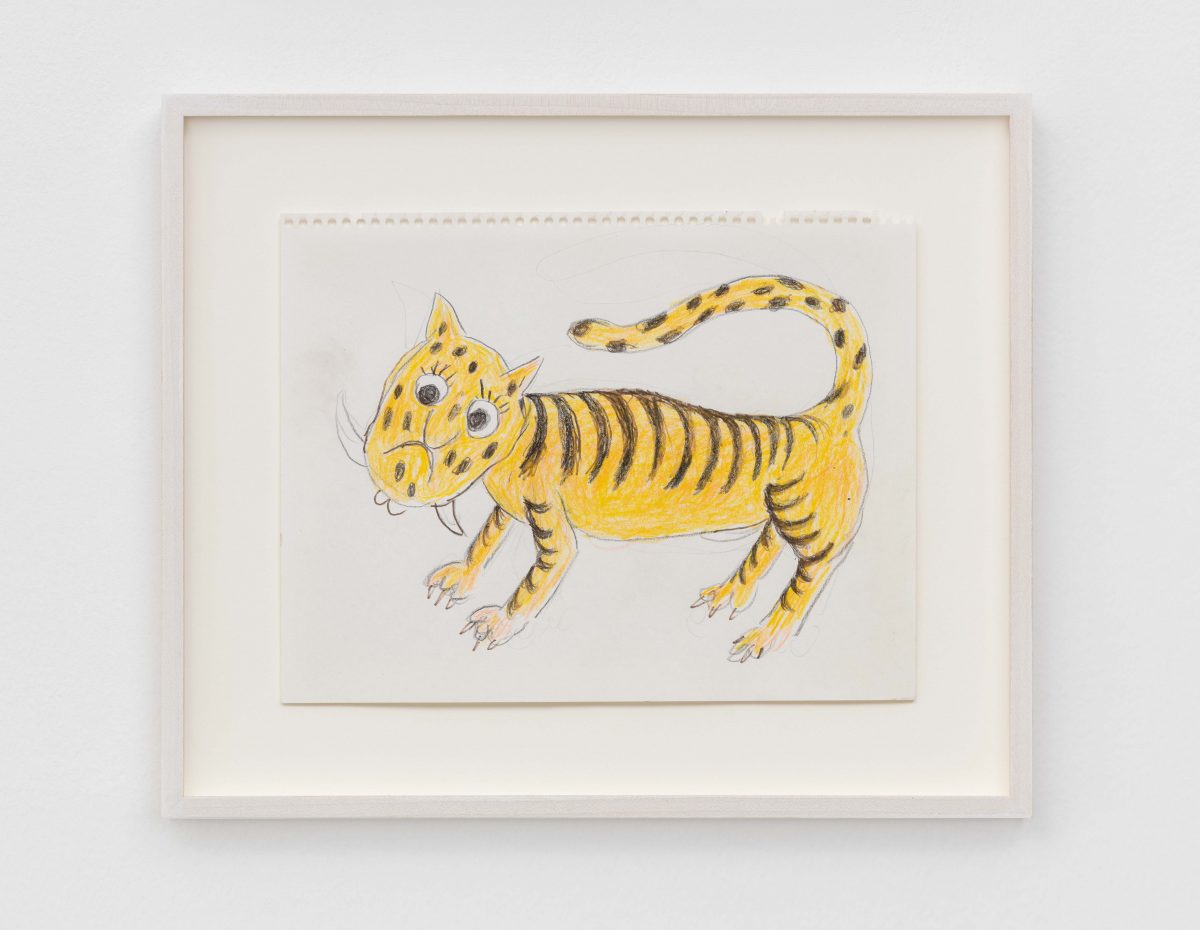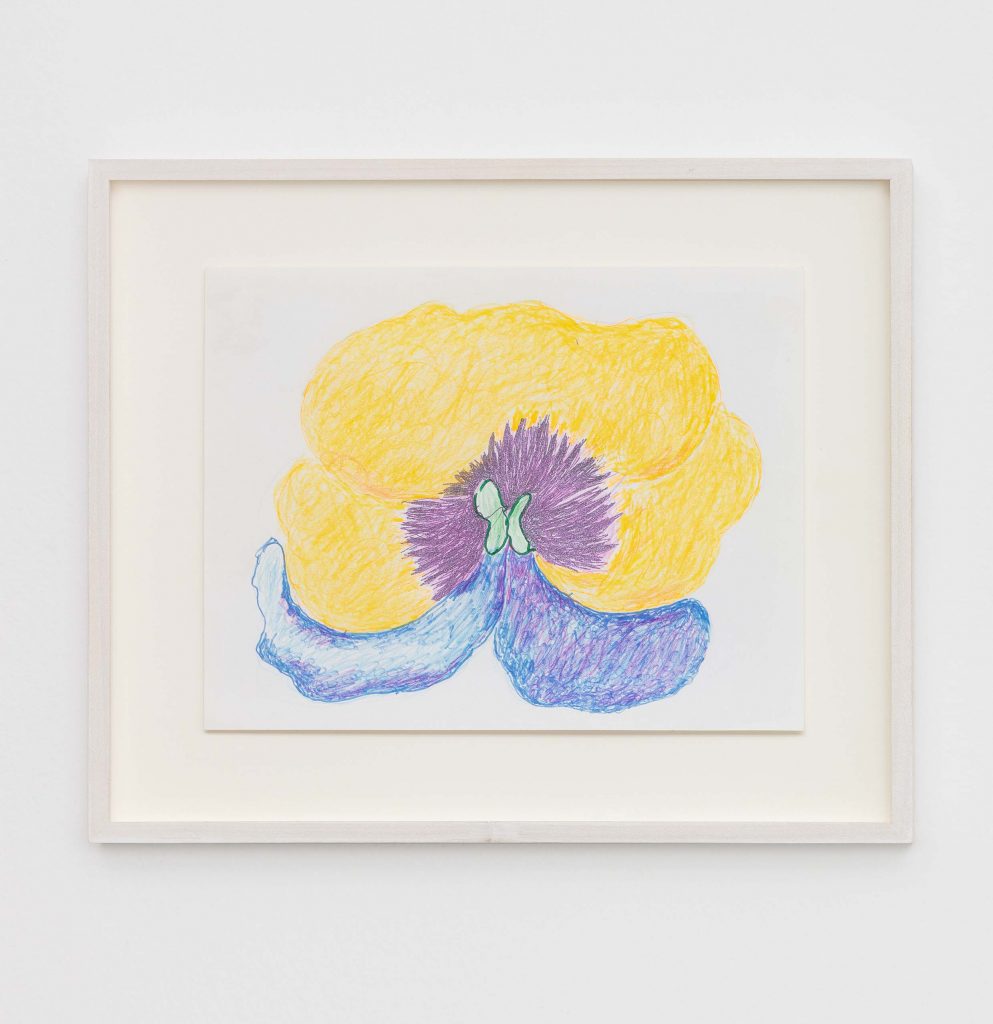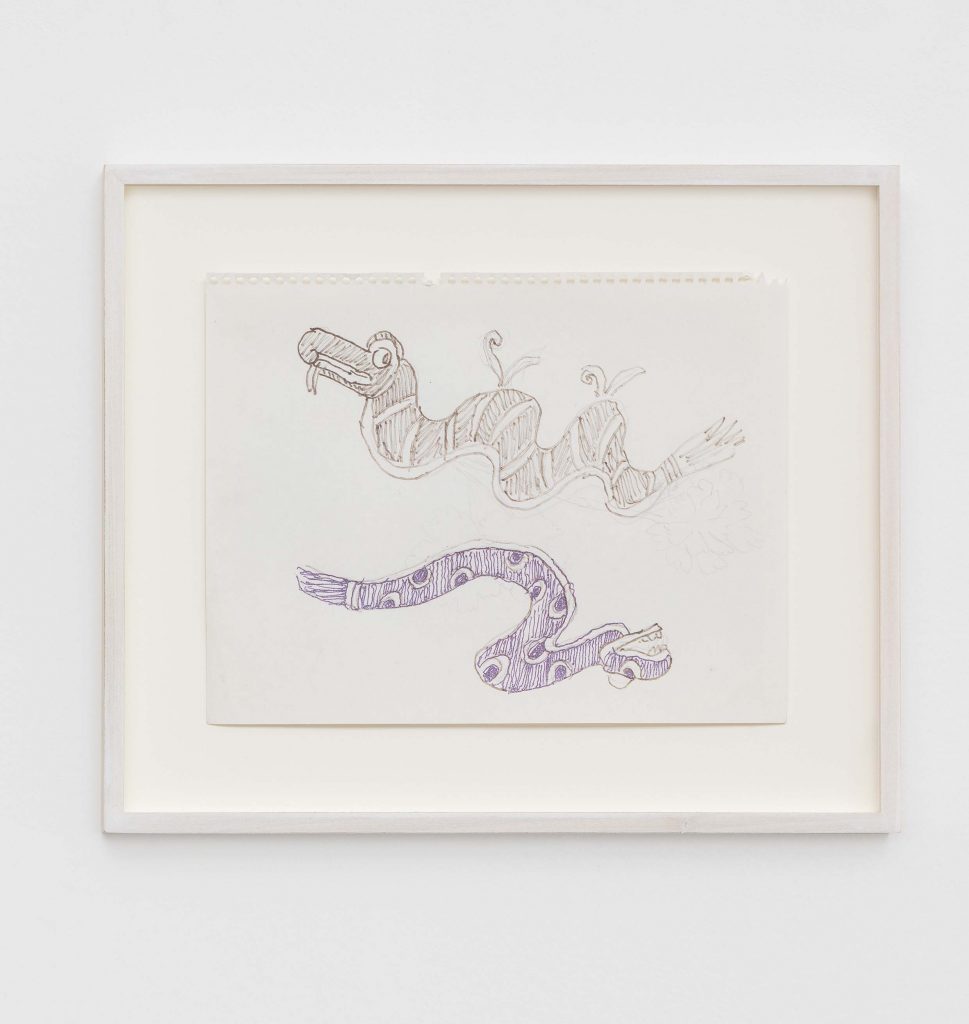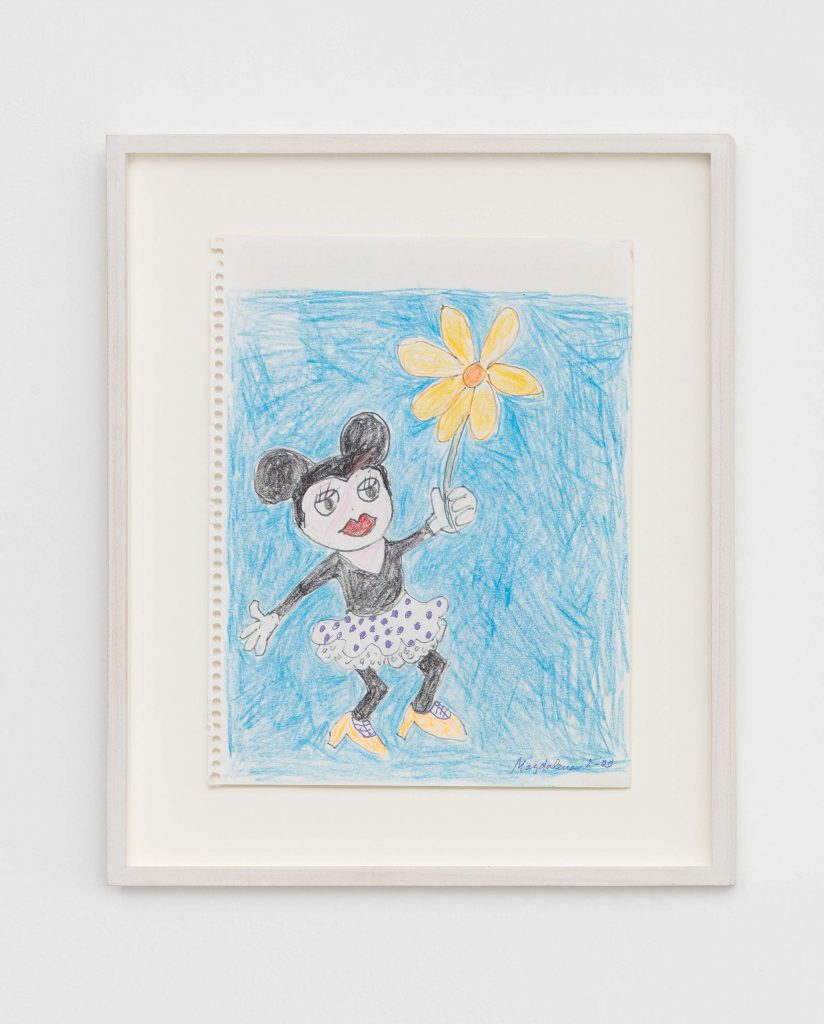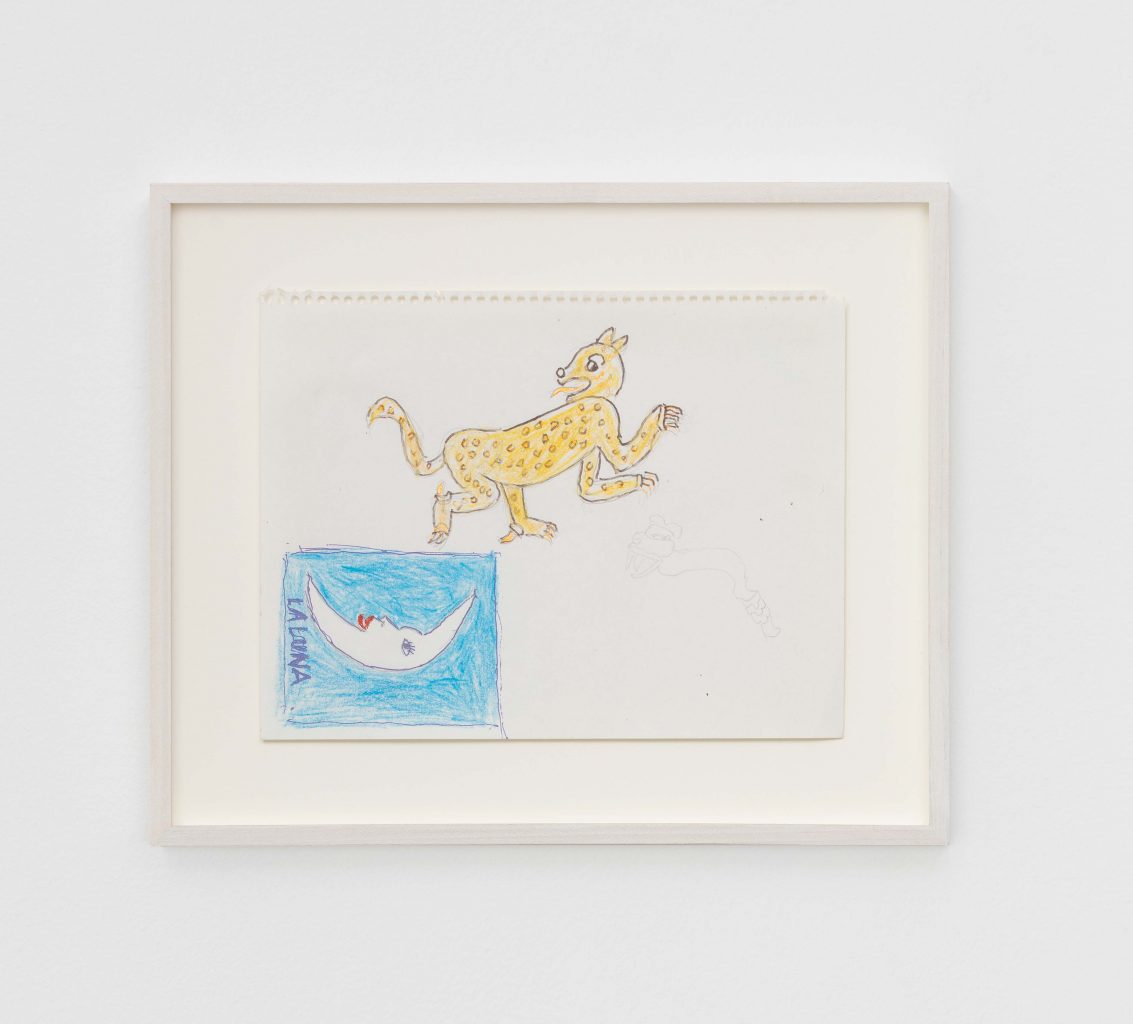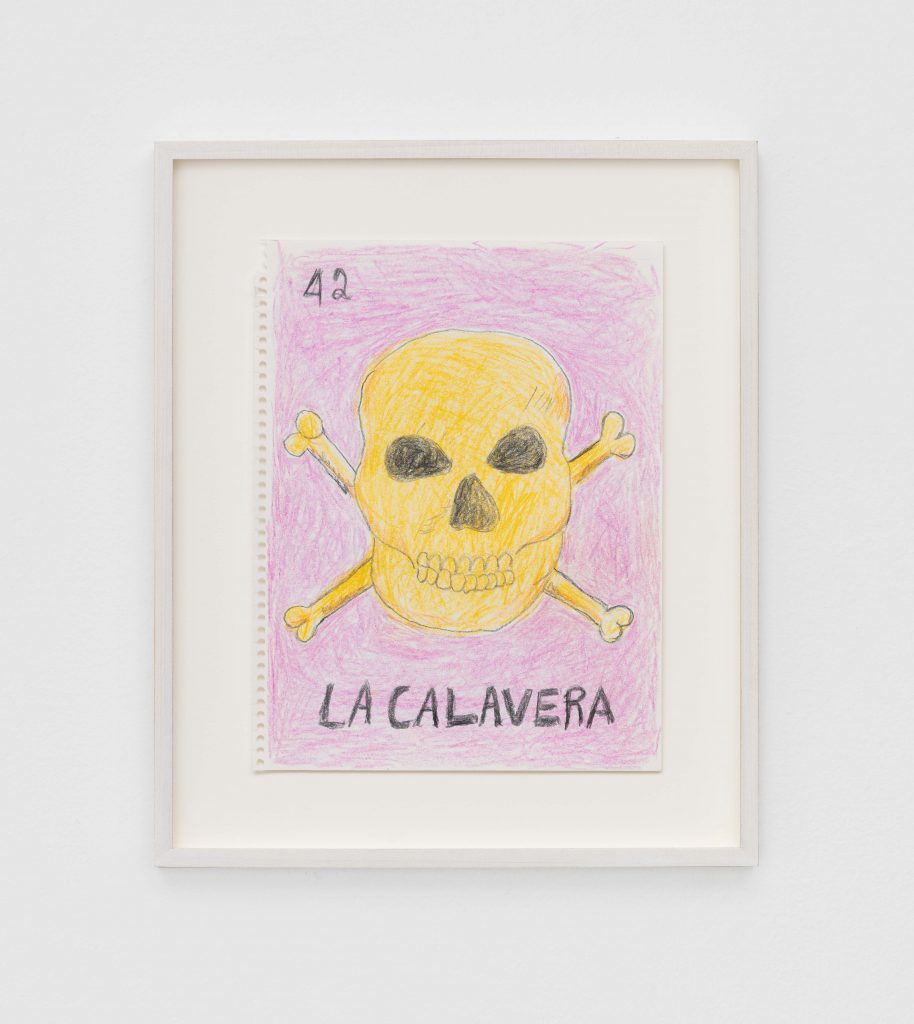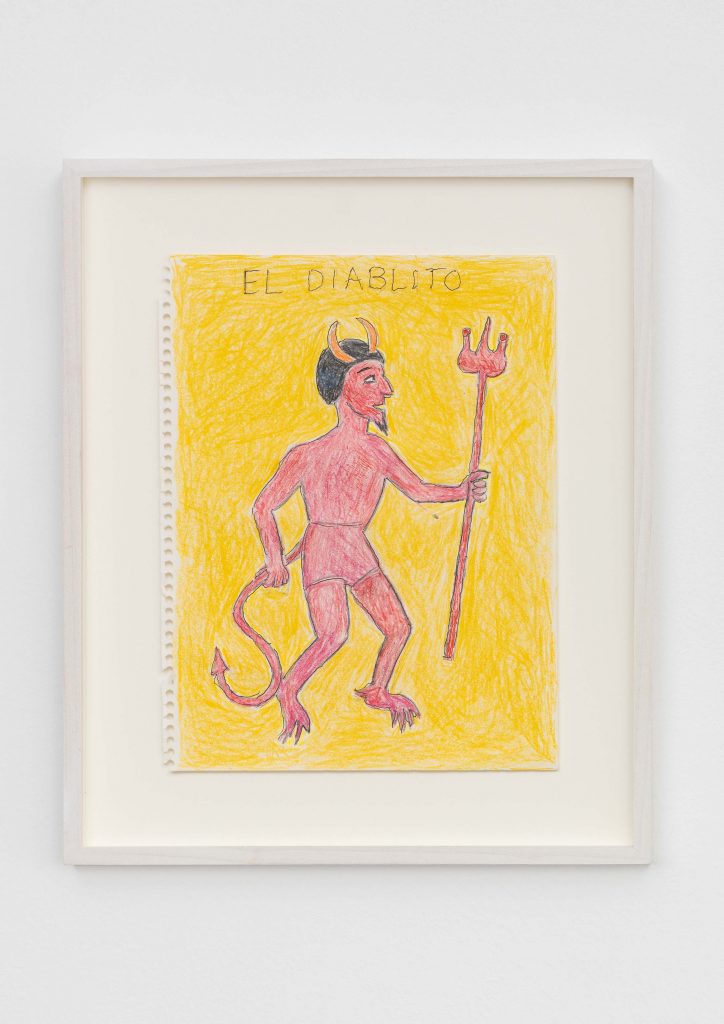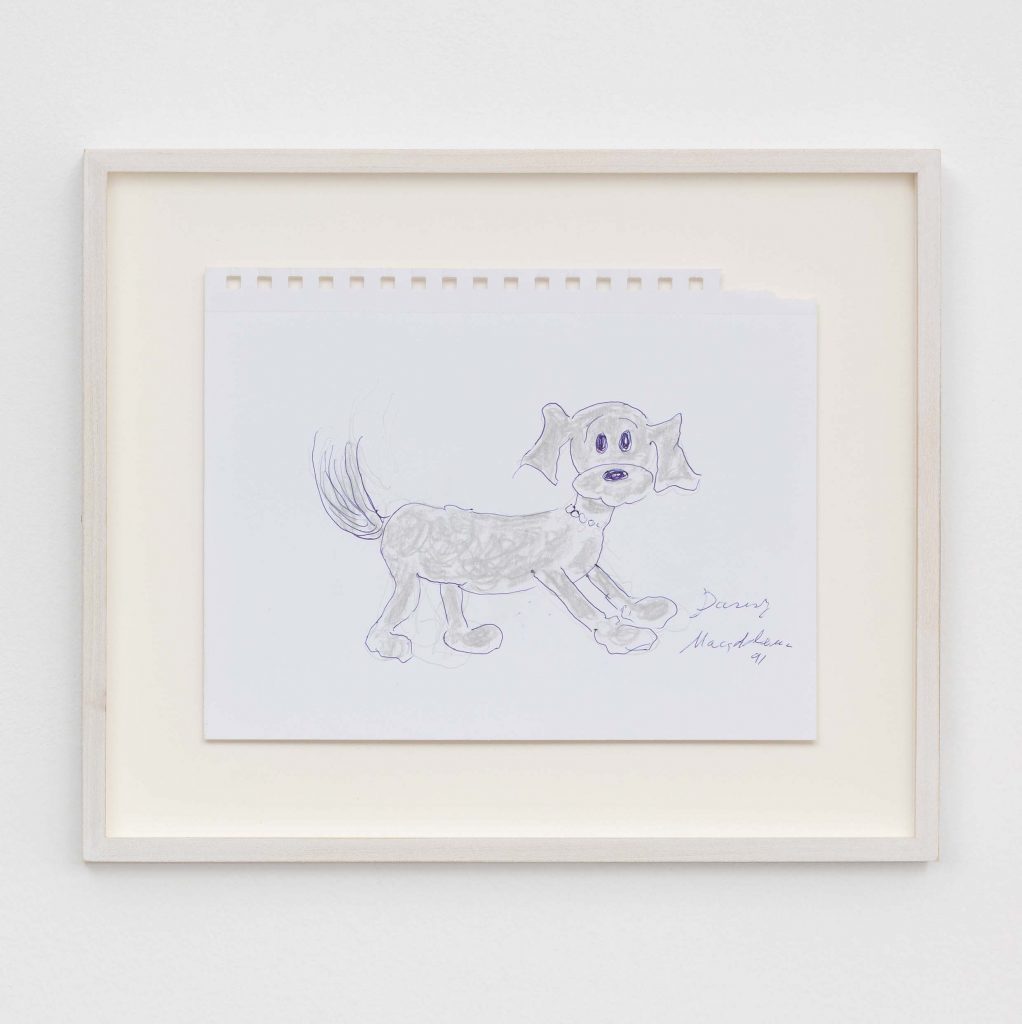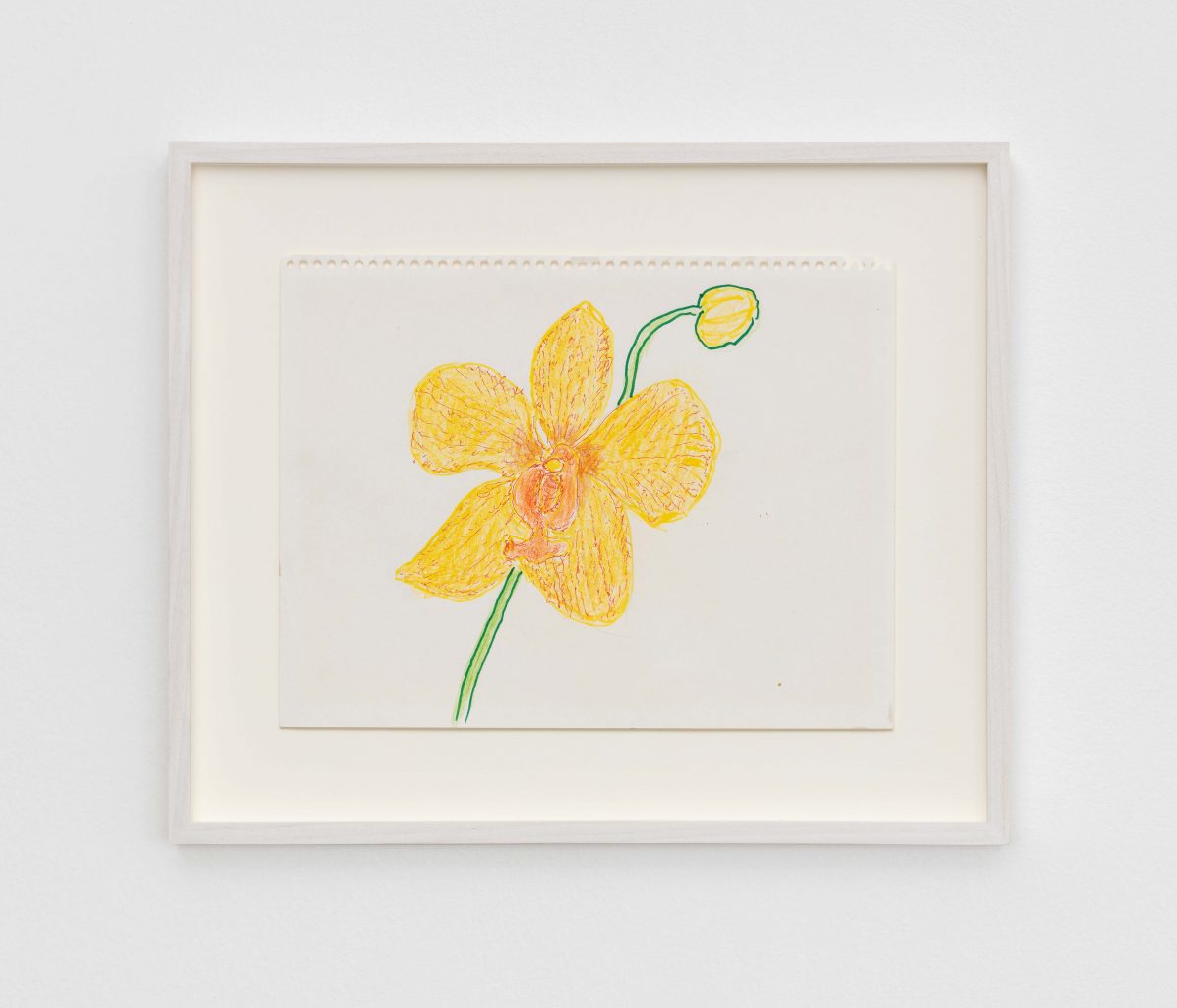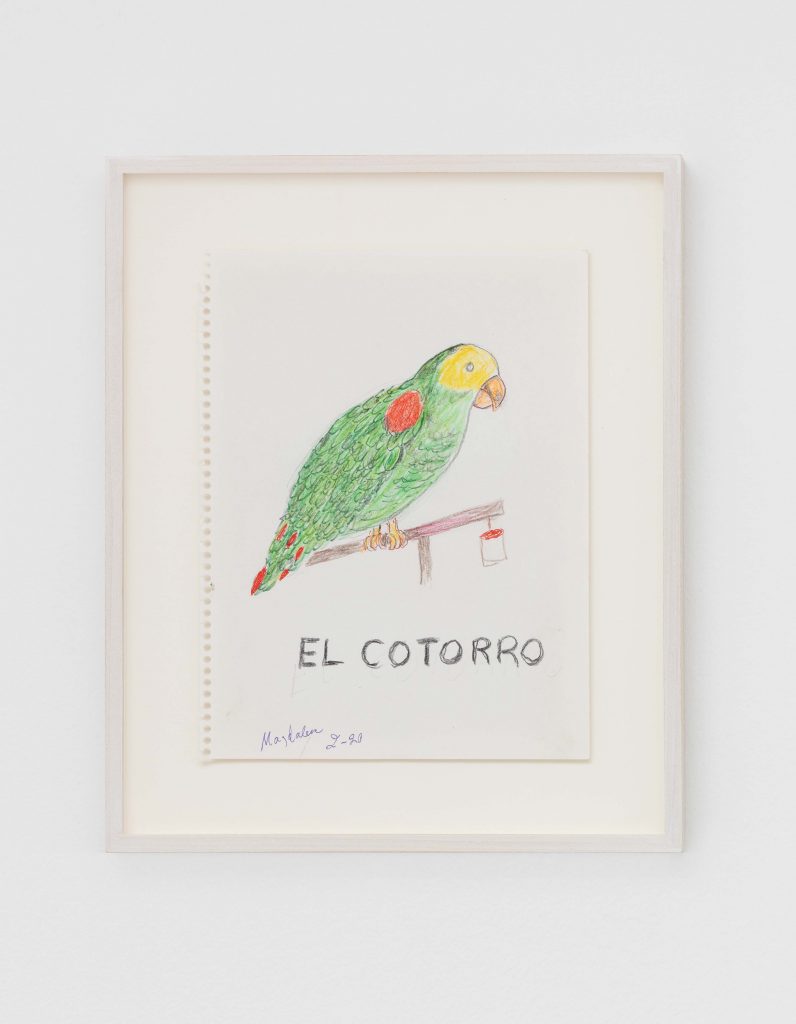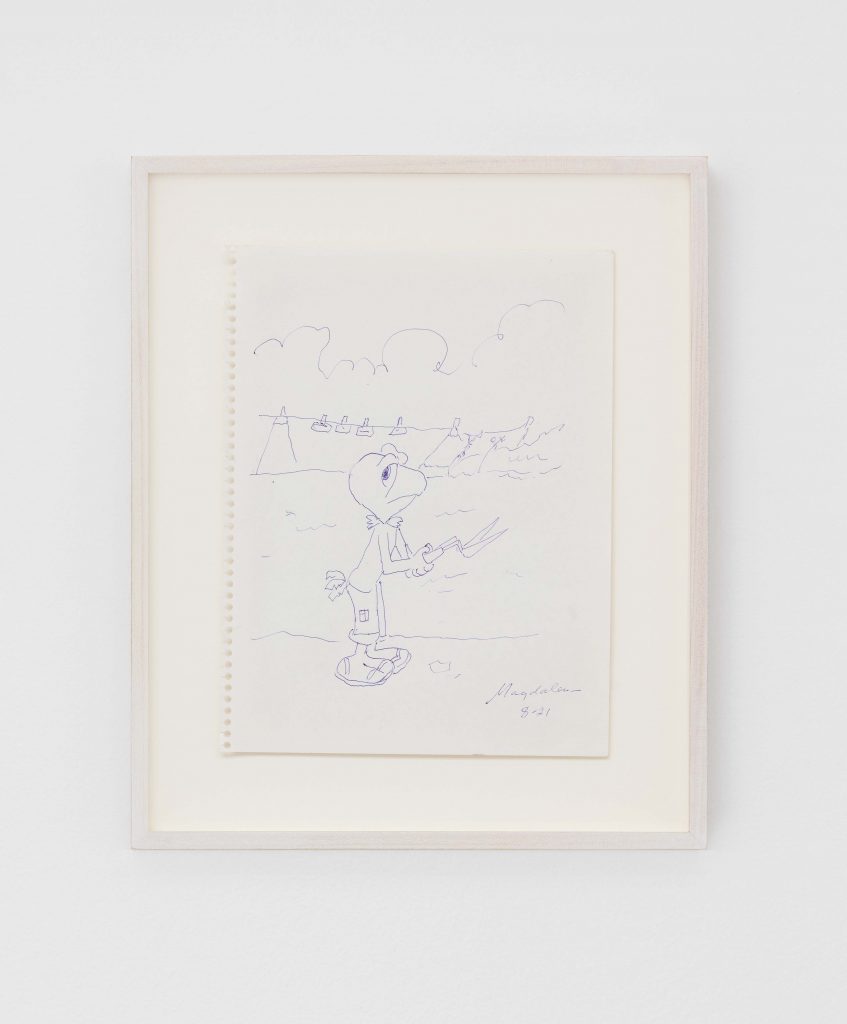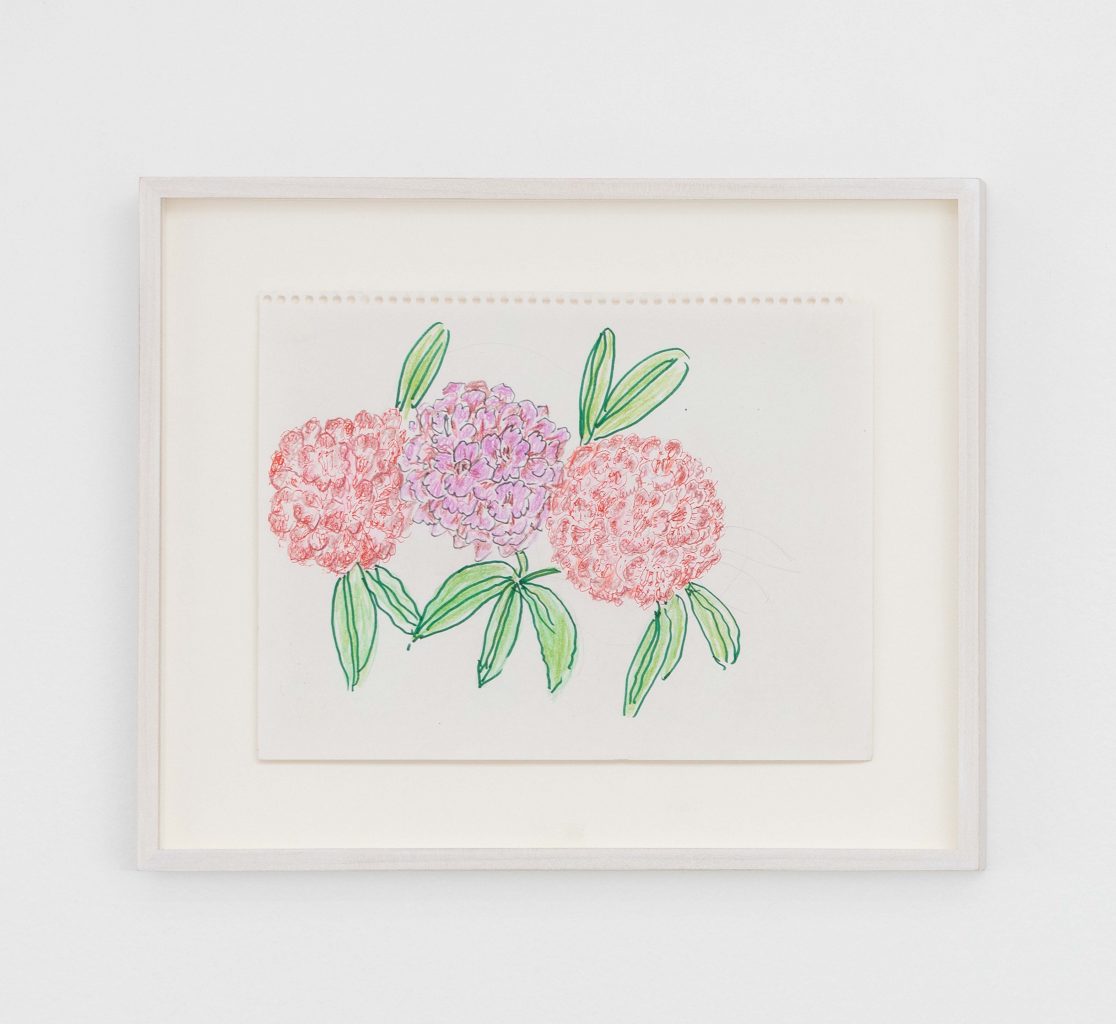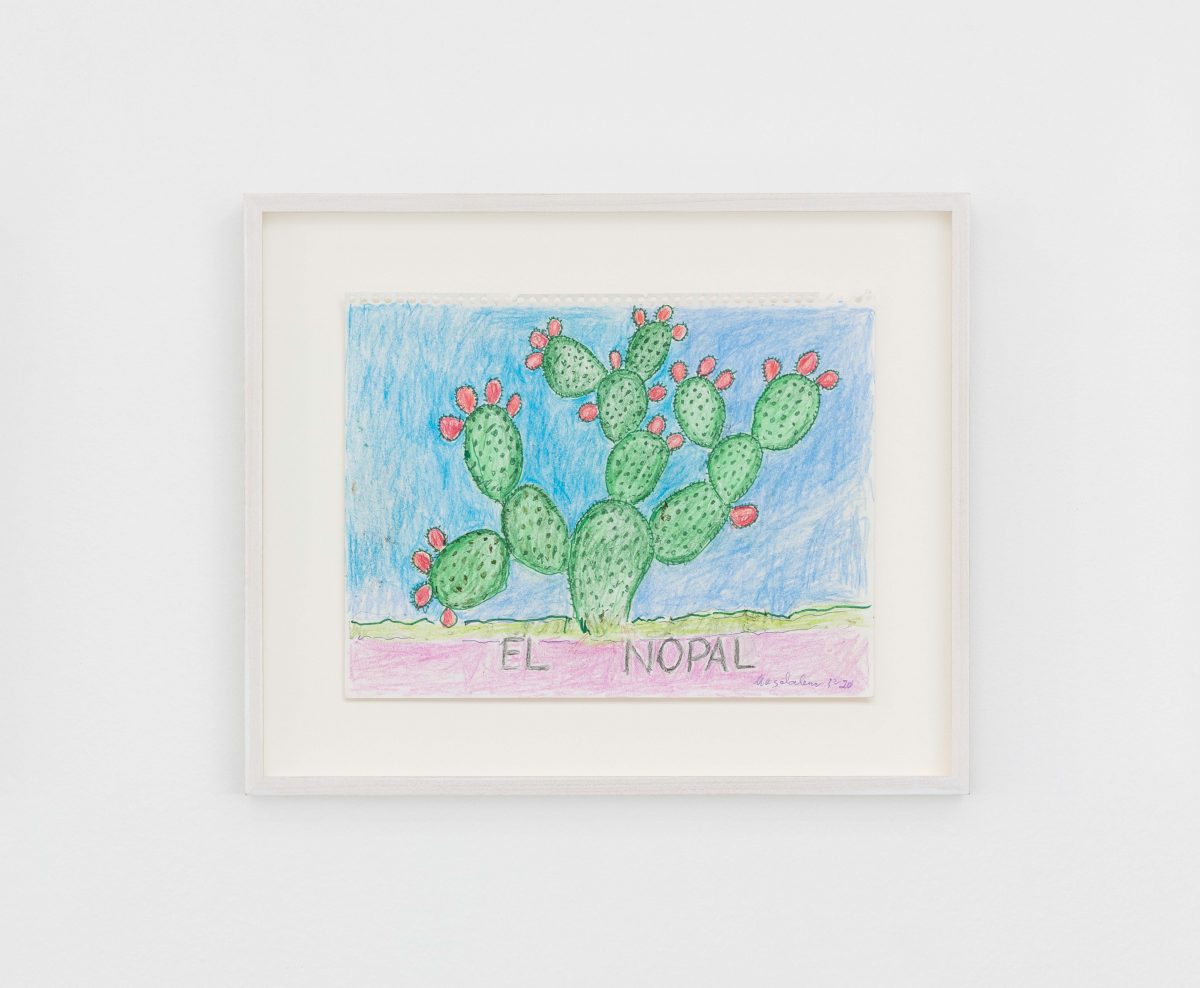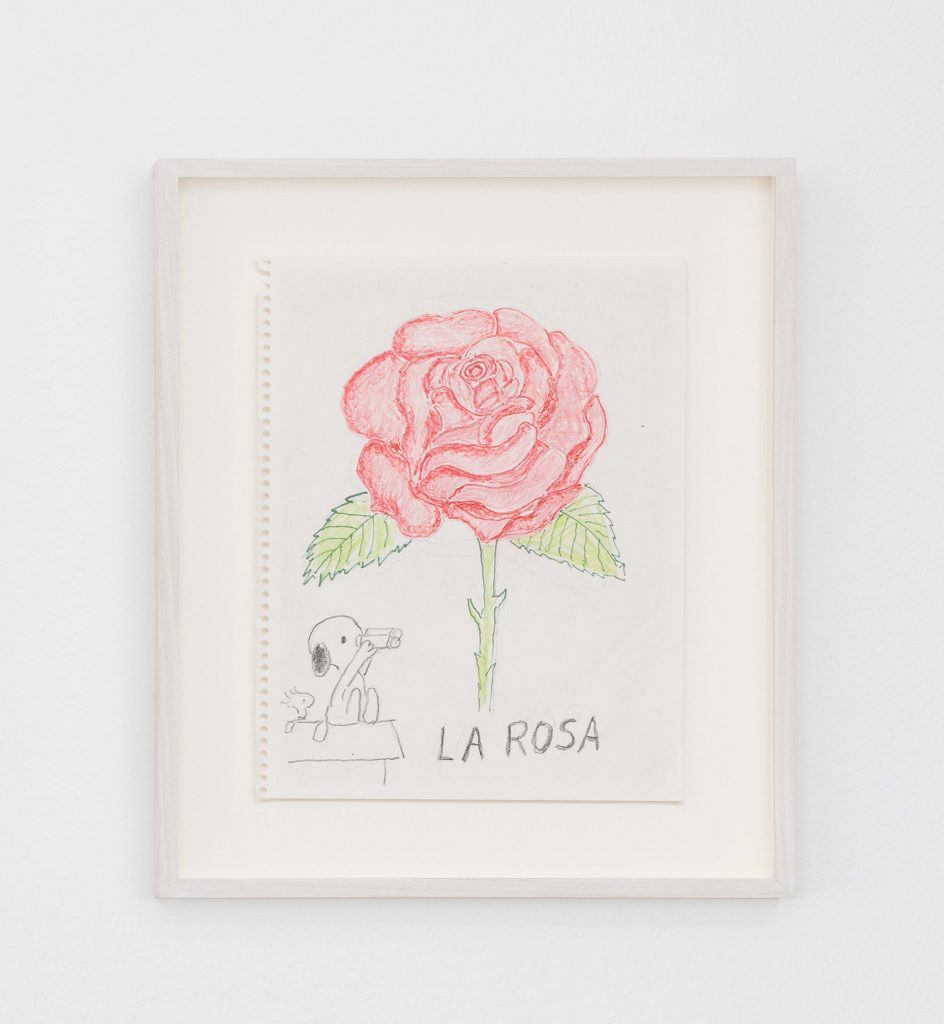
- This event has passed.
On the occasion of the newest exhibition of Magdalena Suarez Frimkess’ exhibition, Irina Zucca Alessandrelli, curator of Collezione Ramo interviews Magdalena Suarez Frimkess about her drawings:
What is your relation with drawing? Can we talk of a daily practice? When was your first exhibition of drawings?
I started drawing when I was seven years old. I was in school and the nuns found out that I have facility to draw. So, that was then, when I was a girl in Venezuela, I started taking classes for drawing, you know, still life and the landscape. And then I got married, went to Chile and I found a good teacher who came from Yale University. I don’t know if you heard of Josef Albers. So, he was a great teacher for me too, he even taught color theory.
So, I guess I tried to draw all my life when I could, but I was raising kids. I married in Chile. So, I was busy being a mother, but in between I could sneak in drawing when I could. I guess I was born to do that. That’s what I can say. And then I came here with a scholarship and then, well my soap opera, my life got broken there. So, I came to the United States and married Michael [Frimkess]. And Michael is an artist too. I didn’t know anything about ceramics until Michael, but the drawing came first.
Then Michael would make the ceramics and I would draw on them. But drawing, it’s faster. The ceramic is a slow process. So, sometimes I can do the ideas faster with the pencil. So, that’s the only reason. I have an idea and I right away draw it.
Have you ever considered Italian art of last century as inspirational of your work?
Well, I know that one of my ancestors, one is a poet. He was named Portantini. I don’t know if it’s related, poetry with art. My family was wondering where I got the facility because they couldn’t find anybody in my family who was a painter or anything. So, they were puzzled about it. They discovered that my great-great-grandfather was Portantini. He was Italian.
Why did you choose this late drawing by Carla Accardi? Did you already know this artist?
I picked one but without even looking at it twice or anything, just picked it at random. Like how I pick which subjects to draw everyday, just at random, without paying too much attention.
Born in 1929 in Caracas, Venezuela, Magdalena Suarez Frimkess has lived and worked in Venice Beach, California since the 1960s. Her work has featured at MAK Center for Art and Architecture at the Schindler House (2017); White Columns, New York (2014), and in the 2014 Hammer Museum Biennial, “Made in Los Angeles”. Suarez Frimkess’ work is held in the collections of the Hammer Museum of Art, Los Angeles, the Huntington Library, Art Collections, and Botanical Gardens, San Marino, the Los Angeles County Museum of Art (LACMA), and the Museum of Arts and Design, New York, among others. In 2023, her work will be the subject of a career retrospective at LACMA, Los Angeles.
Drawings from this exhibition will be featured in a forthcoming Marni collection, continuing a previous collaboration that started in Spring/Summer 2018, with Suarez’ works underscoring men’s and women’s ready-to-wear.
In occasione della nuova mostra di Magdalena Suarez Frikess, Irina Zucca Alessandrelli, curatrice della Collezione Ramo intervista l’artista riguardo i suoi disegni:
Qual è la tua relazione con il disegno? Possiamo considerarlo come una tua pratica quotidiana?
Ho iniziato a disegnare all’età di sette anni. Ero a scuola e le suore si accorsero che ero molto abile. Quindi da ragazza in Venezuela ho iniziato a prendere lezioni di disegno, principalmente nature morte e paesaggi. Poi mi sono sposata e trasferita in Cile, dove ho trovato un buon maestro, che arrivava dalla Yale University. Non so se hai mai sentito parlare di Josef Albers. Lui è stato un grande maestro anche per me, insegnava anche teoria del colore.
Direi che ho provato a disegnare durante tutta la mia vita quando ne avevo la possibilità, ma avevo anche i bambini da crescere. Mi sono sposata in Cile: ero impegnata a fare la mamma, cercavo sempre però di dedicarmi anche al disegno. Mi viene da dire che sono nata per questo. Poi sono arrivata negli Stati Uniti grazie a una borsa di studio e dopo di che iniziò la mia soap opera: la mia vita là, in Cile, si è interrotta. Sono venuta negli Stati Uniti e mi sono sposata con Michael [Frimkess], anche lui artista. Non sapevo niente di ceramiche prima di Michael, quindi il disegno è arrivato prima.
Lui realizzava le ceramiche e io ci disegnavo sopra. Il disegno è più veloce, invece la ceramica richiede un processo lento. Per questo a volte riesco a sviluppare le idee più velocemente con la penna. Questo è il motivo per cui disegno: ho un’idea e la metto giù immediatamente.
Hai mai guardato l’arte Italiana dell’ultimo secolo come fonte d’ispirazione del tuo lavoro?
Beh, so che uno dei miei antenati è stato un poeta e si chiamava Portantini. Non so se c’è una connessione tra la poesia e l’arte. La mia famiglia si chiedeva da dove arrivassero le mie abilità, non c’era nessuno che fosse un pittore. Quindi erano un po’ perplessi a riguardo, poi hanno scoperto che il mio bis-bis-nonno si chiamava Portantini: era italiano.
Come mai hai scelto questo disegno di Carla Accardi? Conoscevi già l’artista?
Ne ho scelto uno ma senza nemmeno pensarci due volte, per caso. Come scelgo i soggetti da disegnare ogni giorno, casualmente: senza prestare troppa attenzione.
Nata a Caracas (Venezuela), nel 1929, Magdalena Suarez Frimkess vive e lavora dagli anni Sessanta a Venice Beach, in California. Le sue opere sono state esposte al MAK Center for Art and Architecture alla Schindler House (2017); White Columns, New York (2014) e nel 2014 all’Hammer Museum Biennial, “Made in Los Angeles”. I lavori di Suarez Frimkess sono inclusi, tra le altre, nelle collezioni Hammer Museum of Art, Los Angeles; Huntington Library, Art Collections; Botanical Gardens, San Marino; Los Angeles County Museum of Art (LACMA) e Museum of Arts and Design, New York. Nel 2023 sarà protagonista di una grande retrospettiva al LACMA di Los Angeles.
Alcuni disegni di questa mostra saranno utilizzati nella prossima collezione di Marni, in continuità con una precedente collaborazione iniziata nella primavera/estate 2018, con opere di Suarez Frimkess per il ready-to-wear uomo e donna.

